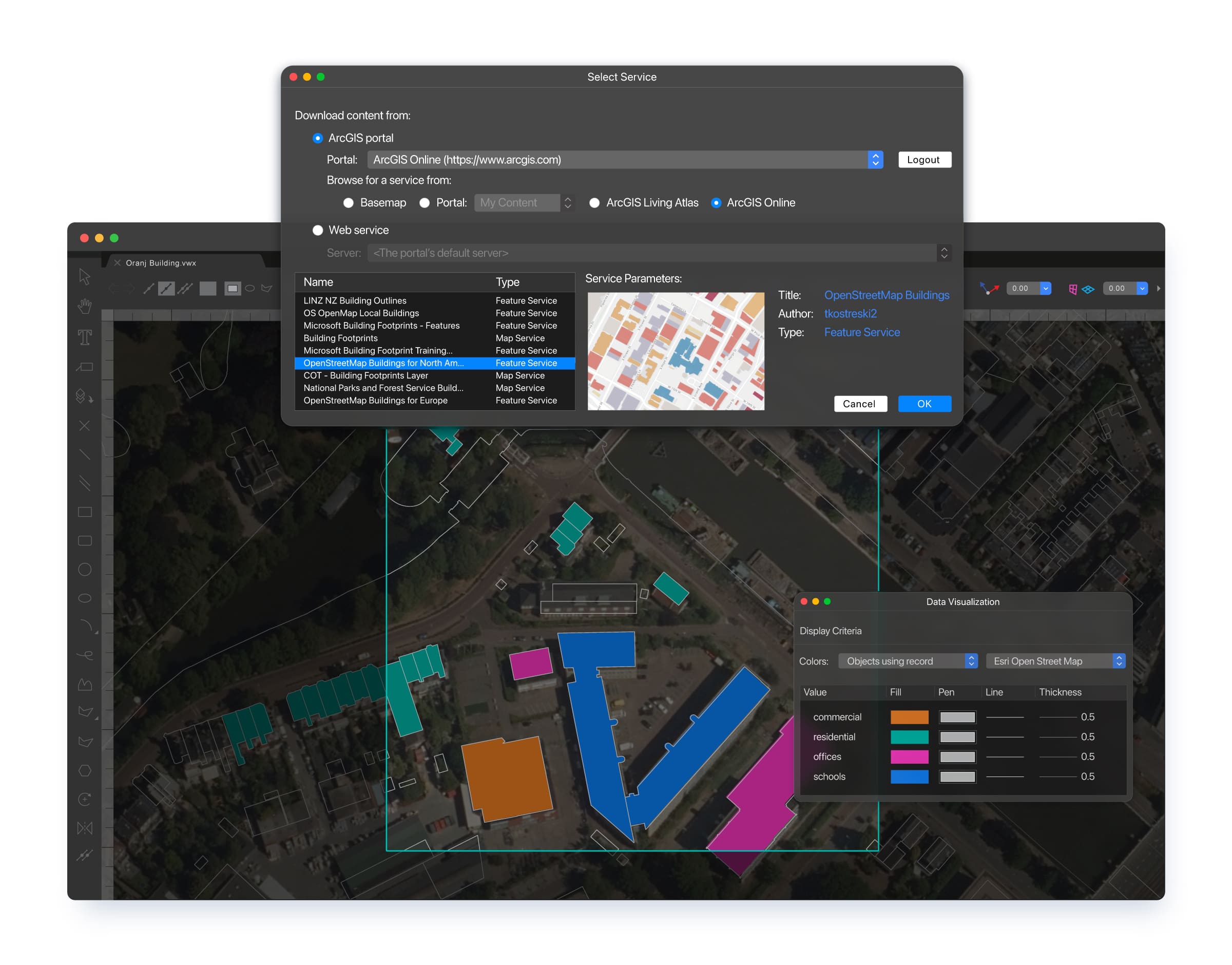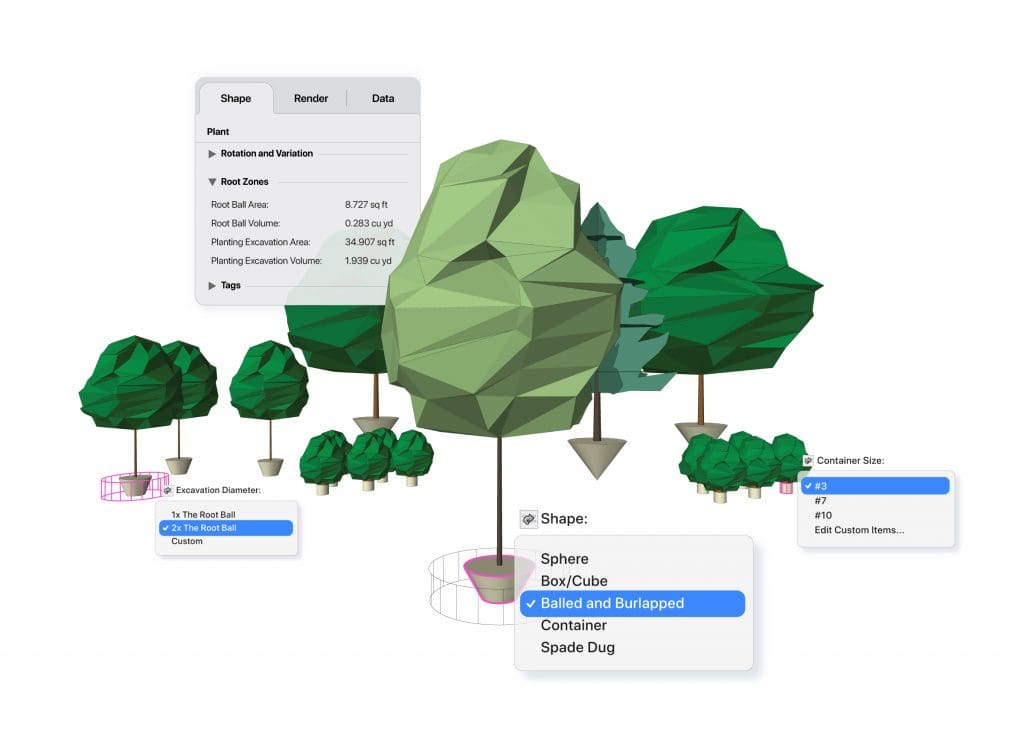
A new year means new landscape design software innovations and program enhancements. Check out some of the popular software options and what upgrades they have to offer, as well as some predicted trends.
AutoCAD 2022
A design staple for a number of industries is AutoCAD and this year’s version offers industry-specific toolsets, new automation and seamless connections across devices and Autodesk products.
Some of the new features include:
- Count – which automates counting blocks or geometry and reduces errors by adding data to tables.
- Trace – allows users to add to a drawing objects and annotations on a separate layer without the risk of altering the existing drawing.
- Share – lets users send drawings easily by generating a secure link that shares a controlled copy of the drawing to teammates and colleagues. You don’t have to worry about file sizes.
You can also compare past and present versions of a drawing to see the evolution of your work. Users can access AutoCAD 2022 anytime and anywhere through the web app or mobile app. Designers can apply lighting and materials to give 3D models a more realistic appearance and 3D models can be rendered on the cloud without consuming processing power or disk space on your local computer.
Vectorworks
Vectorworks is an all-in-one program designed specifically for landscape professionals to support their projects from beginning to end.

Eric Gilbey, product marketing manager for Vectorworks, says some of their new features are a more complete 3D representation of plants with rootball and excavation zone visibility and variable subsurface materials and soil horizons are now defined as components.
This update provides a direct link between users’ designs and scene rendering on Twinmotion. This will save time and eliminate the step of exporting and importing to update changes.
Vectorworks has also added GIS mapping and data with new access to Esri’s ArcGIS Feature Layers, making it easier to manage specific geospatial data beyond traditional methods. Another feature is GIS support for tree survey import. Users can benefit from the new geospatial import methods when documenting existing vegetation for biodiversity and biomass considerations, and import survey area types like mass plantings, meadows, and more.
PRO Landscape Version 24
Another popular landscape design software is PRO Landscape, which allows users to create designs and complete sales with an accurate proposal.
Some of Version 24’s new features include:
- Image Editor Tool – allows designers to measure approximate distances on Image Editor projects based off of a single known measurement.
- Enhanced Search – there is more accuracy when searching for an object. ‘Boxwood, Common’ or ‘Common Boxwood’ will both find the object.
- New Images – PRO Landscape has added over 1,000 new images to its image library, including a scaled CAD symbol that accurately represents each plant.
- Intelligent Sketch – When using a stylus on a tablet to draw a line, the Intelligent Sketch command can automatically smooth it and the line is editable.
- Quick Quote – Users can check if a design is still within a customer’s budget by getting an instant price quote from the Image Editor or Planner projects without having to go to Proposal.
DynaScape is another popular landscape design software option to look at.
Predicted Trends
Often the software upgrades are in response to end user requests. Gilbey says some of the common feature requests have been connection to project management software, plant and material libraries to make quick work of visualizing products and enhanced connections with drone and site inventorying technology. They also want features that enable the best visualization of proposed landscapes for proving and selling projects.

Some of the up-and-coming trends for landscape design software include more usage in mobile devices and cloud-based systems, as well as further development in VR technology.
“We already have firms which use animated scenes and VR equipment to impress and inform their customers,” Gilbey says. “This technology is making them more competitive, and other design/build firms will follow suit or be left behind.”
In a 2019 design software survey, over 40 percent landscape architects polled said they were not currently using augmented/virtual reality but were interested in pursuing it and 68 percent said they intend to adopt AR and VR.

